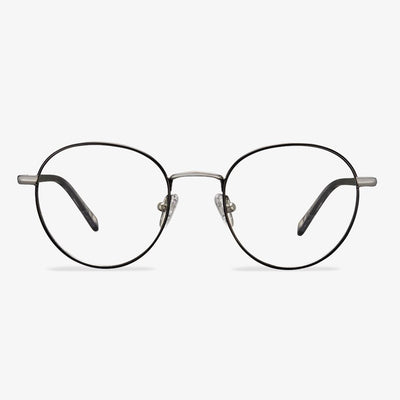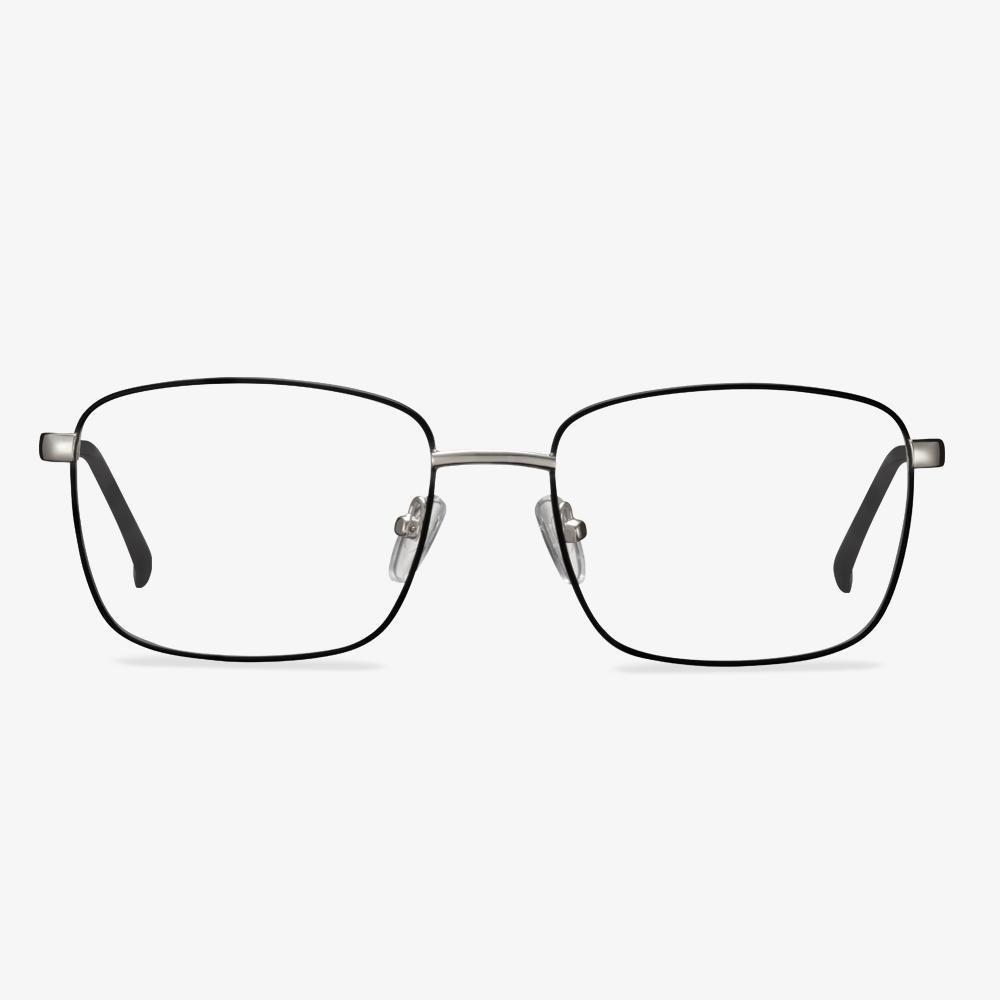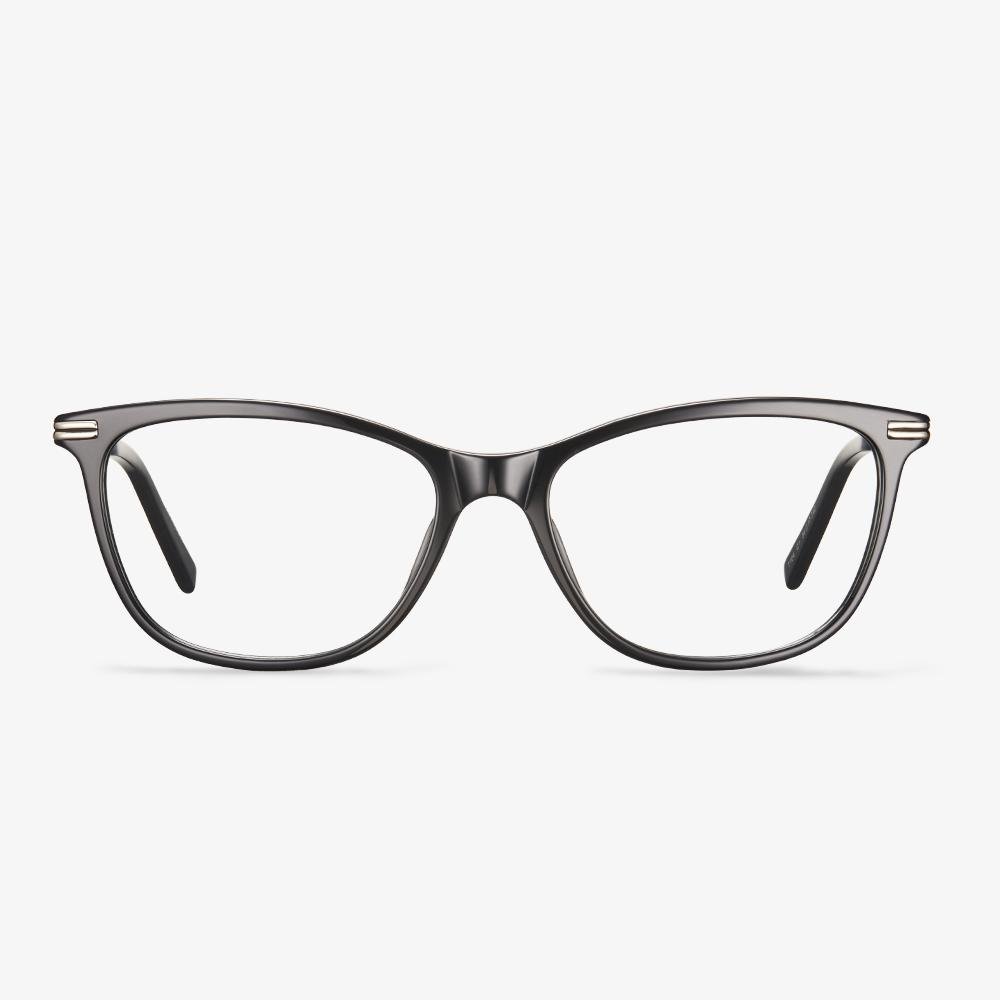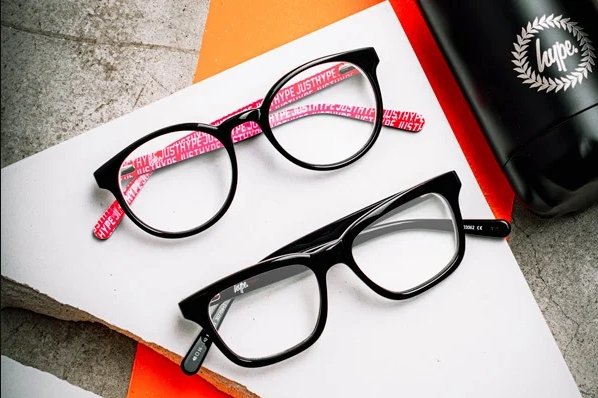What are driving glasses?
Driving glasses refers to the glasses that are specially used for driving, with functions of anti-glare, anti-strong light, anti-rain and fog, anti-fatigue, and other functions. They are suitable for drivers in the day and night to wear glasses for vision protection, better-ensuring traffic safety. They are recognized as the driver's glasses, driver glasses.
Glasses Size - Lens Width
Lens width is the width of a lens, measured in millimeters, from one side of a lens to the other side of that lens. This is the most important measurement to make sure the frame fits your eyes.
The Disadvantages of Glasses Without Prescription
In this section, we will list some of the disadvantages of glasses without prescription. Even if you are a good candidate for non-prescription glasses, professional advice is recommended. It is not recommended to buy higher values without medical advice. If you need a different correction for each eye or have astigmatism, prescription lenses are more suitable.
The taboos of wearing glasses while driving at night
Night driving members should not wear tawny, green, and gray glasses. Tawny glasses can filter out most of the ultraviolet rays, although can make our eyes feel relaxed but easy to make people sleepy. Green glasses will turn red lights into black, directly affecting our judgment of traffic lights, so there is a great safety risk. Grey glasses, due to their low light transmittance, will weaken our line of sight and affect our observation of the road.
How to test a blue-light lens?
Blue-light-blocking lenses are now focused on refractive indices of 1.56 and 1.60. If you buy lenses that are not of either refractive index, be wary. Of course, with the development of technology, now some brands have produced 1.71 refractive indexes blue-light-blocking lenses, suitable for people with high myopia to wear. The true lens package should at least have the product name, refractive index, dispersion coefficient, transmittance, color, SPH, CYL, and other indicators. These indicators are perfect, can be treated as the reference basis of the formal product. In addition, you can go to a professional optical shop or testing institutions for testing.
Single Vision vs Progressive: What Are Their Differences
In this part, we will show you some differences between single vision and progressive lenses. They differ in several factors, so here we will compare them one by one.
Progressive lenses generally have their reading zones just in the lower half of the lenses, while single vision glasses have the reading power all over the lens. So if you are working on something above your head and you need to see some small details, the progressive lenses will not work. And you can not see through the reading zone in progressive you need to switch to single vision reading glasses.
Single vision glasses are cheap than progressive lenses. Compared to progressive glasses, single vision glasses hold way fewer distortions in the periphery. So, there is no need to customize the lens design to the max. In addition, single vision glasses are often available in the optical store while the progressive often needs to be produced for you. In other words, the delivery time of single vision lenses will be shorter for you.
You can use your progressive glasses optimally just in an upright posture. As soon as you lay down on your couch, this will lead to blurry vision. The reason is your changed position which forces you to look lower through the lenses on the screen. However, with single vision glasses, you can change to an upright position and it would not be a problem anymore. You can position yourself on your couch as comfortably as you want and you can still see clearly with your single vision distance glasses.
What Should You Do If Your Glasses Are Broken?
Adjust the frame by yourself. If your frame is tilted, place your glasses on a flat surface to determine which arm is higher than the other. If the right arm looks raised, you'll need to use pliers to bend the left arm down at the hinge. Or, if the left arm is raised, bend the right arm at the hinge. You can bend your metal-framed arms inward. You can turn the nose pad inward if the glasses slip under your nose. To make the frames more flexible, you can heat them with a hairdryer. If the metal frame has broken into pieces, you may need to take it to a professional. However, if your metal frames just bend, you may be able to repair them by yourself.











































